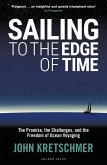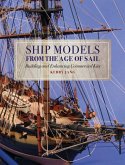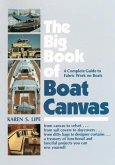Numerous successful reprints of contemporary works on rigging and seamanship indicate the breadth of interest in the lost art of handling square-rigged ships. Modelmakers, marine painters and enthusiasts need to know not only how the ships were rigged but how much sail was set in each condition of wind and sea, how the various manoeuvres were carried out, and the intricacies of operations like reefing sails or 'catting' an anchor. Contemporary treatises such as Brady's Kedge Anchor in the USA or Darcy Lever's Sheet Anchor in Britain tell only half the story, for they were training manuals intended to be used at sea in conjunction with practical experiences and often only cover officially-condoned practices. This book, on the other hand, is a modern, objective appraisal of the evidence, concerned with the actualities as much as the theory. The author has studied virtually every manual published about seamanship over a period of nearly four centuries. This gives the book a completely international balance and allows him to describe for the first time the proper historical development of seamanship among the major navies of the world.








